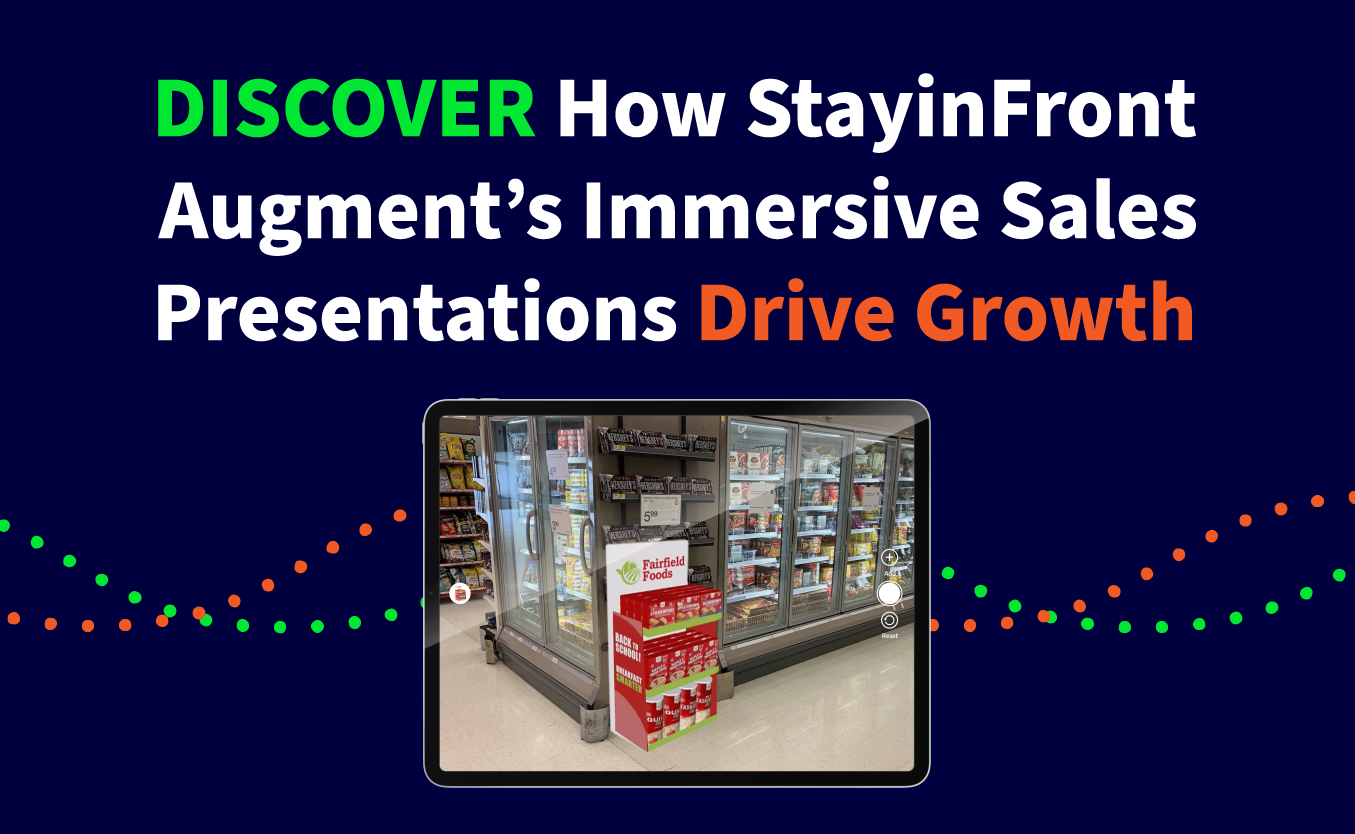HOW DYNAMIC ROUTING CAN IMPROVE ROI
Dynamic Routing offers major sales productivity benefits in return for a more flexible working approach, but what should brand owners consider before changing their field sales solutions? Field sales resources are typically deployed in a relatively rigid way in grocery retail. Brand owners decide which retailers and stores to visit, then assign a visit frequency (how many visits per year) and visit duration (how much time is spent in the store).
To optimize efficiency, these visits are grouped into sales territories of relatively equal workload for each field salesperson and each day’s work is sequenced to minimize travel time.
Unless there is a fundamental change in circumstances, (a retailer changes its policy on allowing field sales people to visit for example) this plan is normally reviewed annually at best.
Frequency and duration calculations are the most important drivers of the resource requirement. In arriving at these values, the brand owner will consider the sales value of the store for its own product range, its promotional program and the range of store level activities agreed with retailer’s Head Office.
The output allocates the greatest resource to the best-selling stores and vice versa for the smaller stores.
In a Dynamic Routing implementation, a radically different approach is taken. The key premise is that in a rapidly changing retail environment, far greater value can be extracted from a day’s work by analyzing the latest store level data then assigning resources to the stores where the greatest impact can be made on the field sales investment.
In its purest form, this means analyzing the latest data overnight, then transmitting the optimal visits for the day ahead to the salesperson’s mobile device. Taking this approach to its logical conclusion, the stores with the biggest issues would get a huge proportion of the resource, while efficient stores with few issues would get very little.
A Dynamic Routing model will not only identify the store(s) to be ‘promoted’ in the plan, but it will also place the revised list of stores to be visited that day in an efficient route sequence.
How Analyzing Retailers’ POS (Scan) Data Can Support a Dynamic Routing Solution
The role of POS data in a Dynamic Routing solution is primarily to provide a comparative valuation of the predicted added value in a planned day’s work with that of a modified version of that plan. That modified version considers the potential added value of various stores in an area based on an assumption that a certain percentage of that potential value can be achieved by the salesperson in store.
To find out more on how Dynamic Routing can improve ROI, what problems Dynamic Routing can solve, and how a Dynamic Routing approach can work where no POS data is available, download the Flexing Field Sales Resources — How Dynamic Routing Can Improve ROI White Paper.
This paper considers the pros and cons of implementing a dynamically changing grocery store visit schedule in both the Modern Trade and Traditional contexts.
Contact your local StayinFront representative to find out how Field Sales ROI can help your business.







